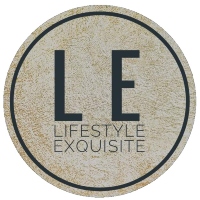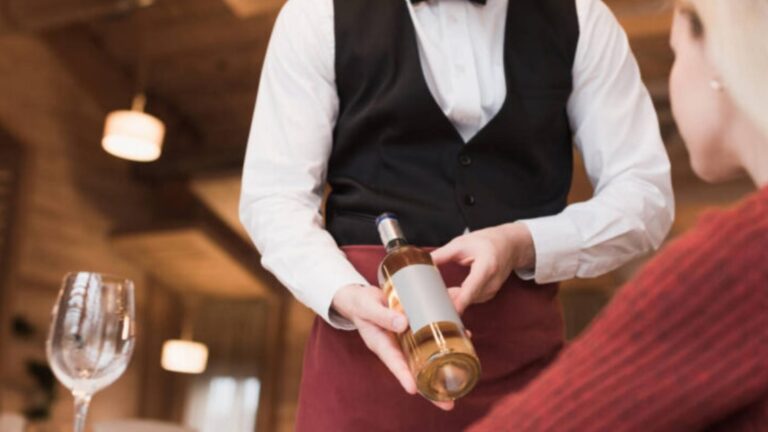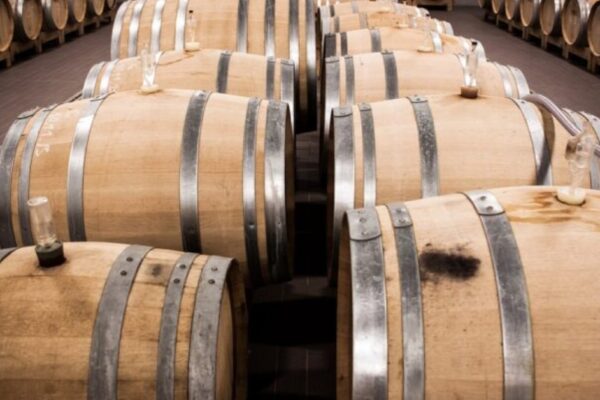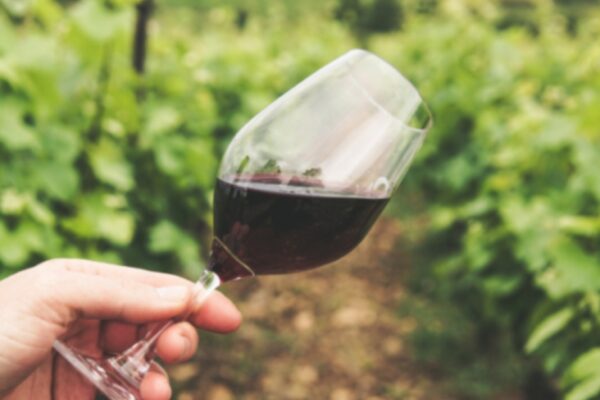Many might dread the wine tasting ritual at a restaurant. However, once you grasp the basics of wine and the significance of each step, you’ll appreciate why this usually most expensive part of the meal deserves the utmost attention.
The main reason for tasting wine is to ensure that it is free of any faults or flaws. As such, a wine that does not match the expectations you set from the brief description on the wine list, is not a valid reason to request a replacement of the wine.If you are unsure as to what wine to pair with your meal, it is always clever to ask for the free advice of the sommelier.
Here is a walkthrough of the wine tasting ritual you need to follow to give a well-informed verdict during your next meal with your family, friends, clients, or a date.
1. Check the Label
The wine tasting ritual starts off with the waiter or sommelier presenting you the wine bottle. Here you want to make sure that the wine bottle is what you have ordered so you don’t end up paying for a possibly inferior wine. You cannot exclude that the waiter can mistakenly grab another wine bottle, so better be safe than sorry! If you happen to choose a nice vintage, as Andrew Jefford, Decanter.com weekly columnist and DWWA Regional Chair for France, said – if the “restaurant finds they’ve run out, it can be common for them to try to fob you off with the following year without telling you.” So when checking the label make sure you look for the producer, style, and vintage.
At this stage, you also make sure that the wine bottle is first opened in front of you. Whilst opening the bottle, the waiter or sommelier usually keeps the bottle facing you so that you have ample time to get a good look. A common practice is for the waiter or sommelier to offer you to inspect the cork. Here you check if the cork is tainted, meaning it smells musty, mouldy or flat. If the wine has been infected by a tainted cork, this is actually a valid reason for you to ask for a new bottle.
2. Swirl the Wine

When the waiter or sommelier pours the wine, you should visually examine the wine for its colour and opacity. In this way, you gain insight into the grape variety and the age of the wine. A key principle is that a wine needs to breathe and the alcohol needs to volatilize. This is essential in helping the wine to release its aromas.
So at this stage make sure to give your wine glass a good swirl for a good 10 seconds. Here also look at the “legs” which the wine leaves behind as it drips down the sides of the wine glass. The slower the wine flows down the side of the glass, the higher the alcohol content, and so the wine is more viscous.
3. Smell the Wine
When you sniff the wine, your taste senses get a hint of what the flavours might be like when you arrive at the wine tasting step. At this stage, when you smell the wine you re-confirm that the wine is not corked from a tainted cork. You also start identifying the aromas that are lifted to your nose. In doing so, you may need to swirl the glass a couple of other few times to help the wine release more aromas.
4. Sip the Wine
This is the step where you finally actually taste the wine and consider whether the flavours meet your expectation when you sniffed the wine. Make sure that you swish the wine well around your mouth so that all the taste receptors at different parts of the tongue fully detect all the different flavours and characteristics the wine has to offer. You may want to take two sips to fully understand the wine since the first sip might feel a little too acidic for the mouth.
During this step, you also need to think about the mouthful of the wine, in terms of tannins and the body of the wine. Don’t forget to also focus on whether you sense anything that seems unexpected or unpleasant as this may indicate a flaw in the wine.
5. Give Feedback
After tasting the wine, the waiter or sommelier waits for your feedback on any faults or flaws that you make have detected, like oxidized or corked wine, or your go-ahead to pour wine to your host and yours.
If during the wine tasting you feel that wine is not at the right temperature, for example, red wine is too warm such that it has lost its freshness factor and is too heavy, then ask for an ice bucket. If you’re having white wine and it is too cold such that you cannot smell anything, ask for the wine to be left on the table to warm a bit. By time you come to also learn that wine temperature is also critical to an exquisite wine tasting experience.





Very nice and easy explanation! Really good! 😉